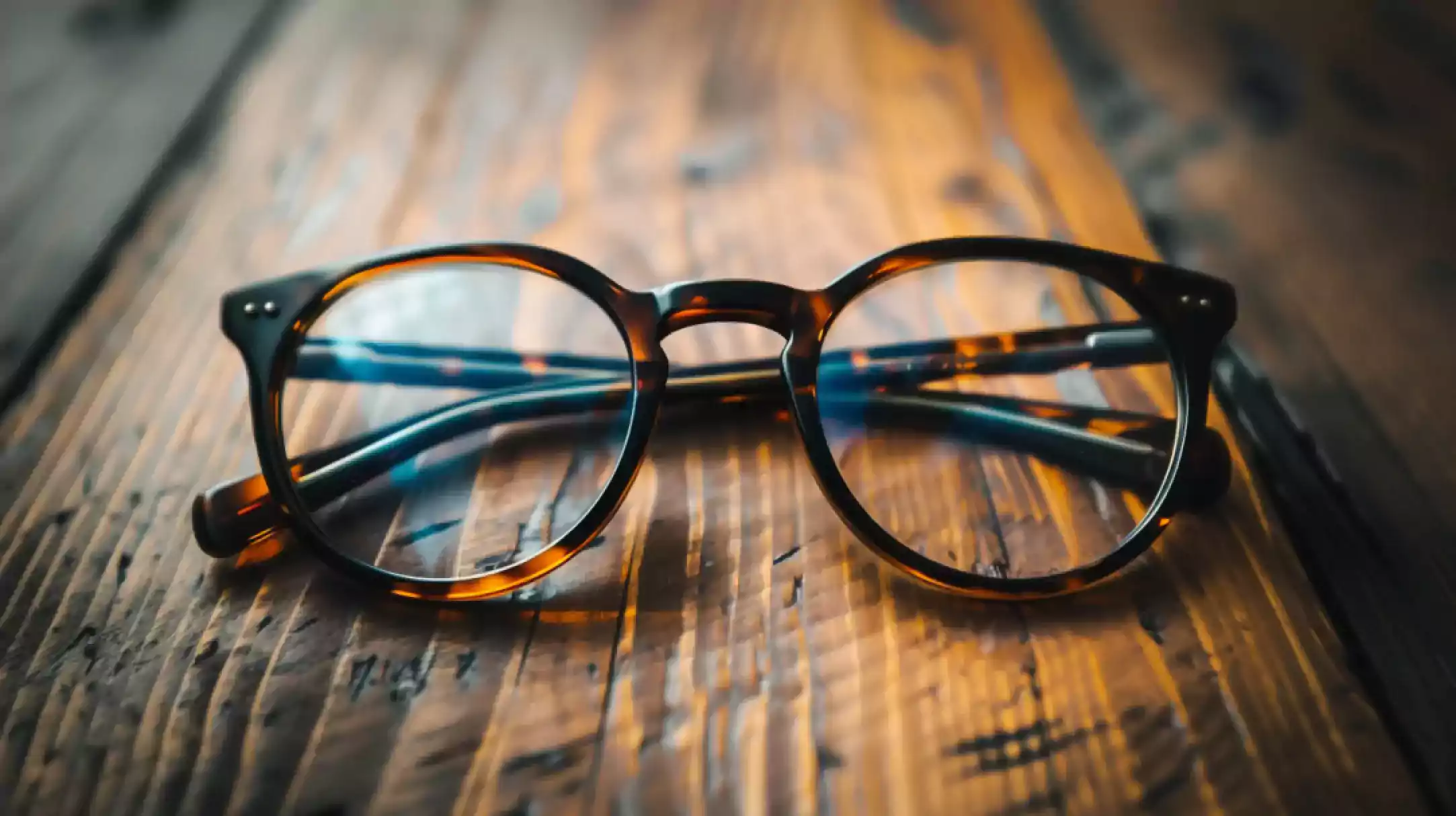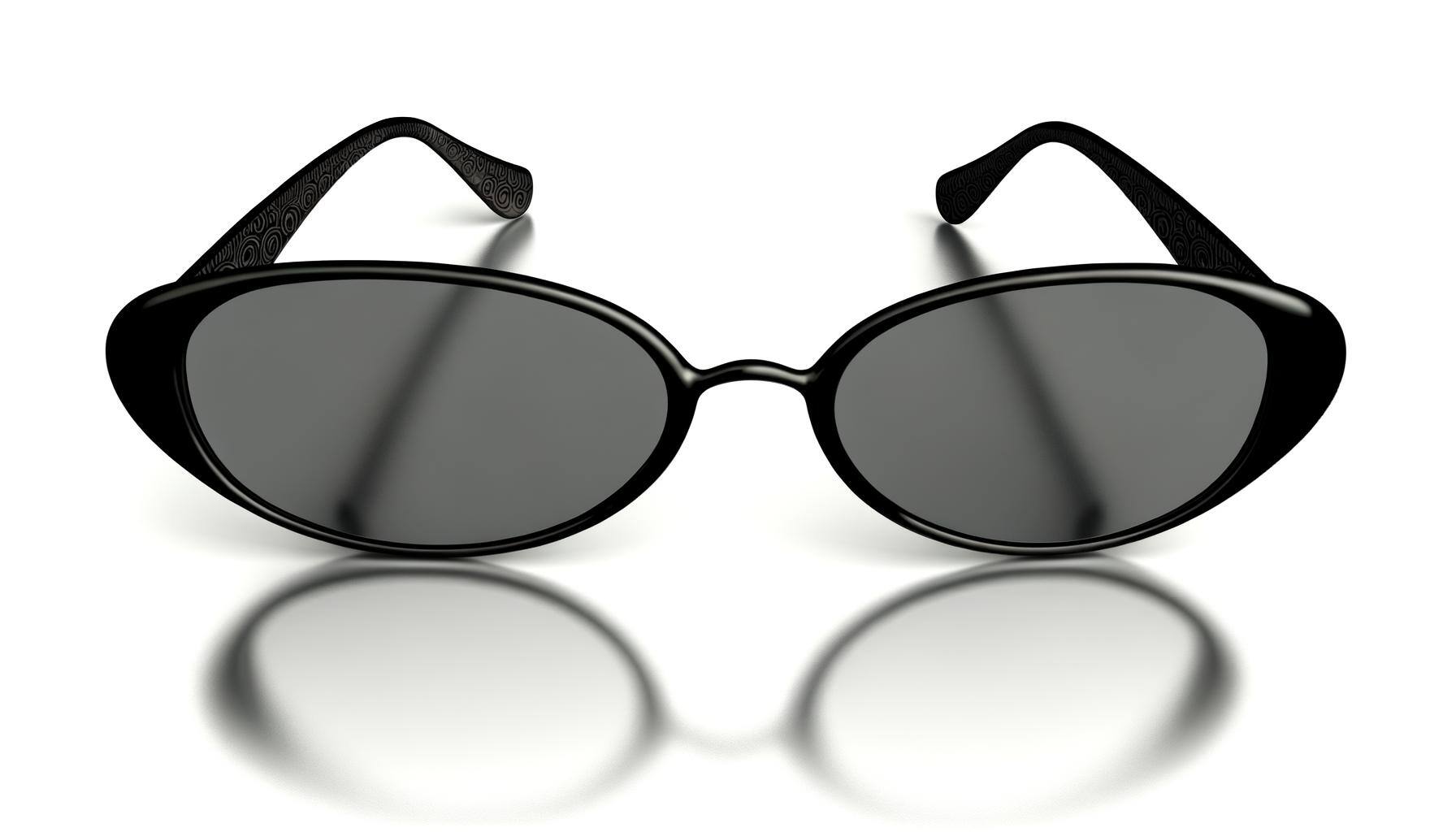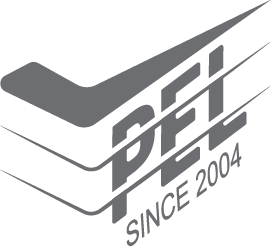Eye safety is paramount in various environments, from industrial workplaces to educational settings. The risks associated with inadequate eye protection are significant, with nearly 20,000 eye injuries occurring in the US at the workplace each year. Therefore, well-made safety gear, especially eyewear, is crucial in mitigating these risks and ensuring that individuals are shielded from potential hazards.
The ANSI Z87.1 standards are a key component in the realm of eye protection. These standards set forth the requirements for the design, performance, testing, and use of eye and face protection devices. They ensure that safety gear meets stringent criteria to protect users effectively from a range of dangers, including impact, radiation, and chemical exposure. By understanding the importance of these established standards and updates that have occurred since, companies producing safety eyewear can ensure their products meet the highest safety requirements, thereby providing superior protection and peace of mind to their customers.
Importance of ANSI Z87.1 Standards
EYE PROTECTION SIGNIFICANCE
Eye protection is a critical aspect of workplace safety, given the vulnerability and importance of our eyes. According to the Centres for Disease Control and Prevention (CDC), approximately 2,000 workers in the United States suffer job-related eye injuries that require medical treatment each day. These injuries can result in significant medical costs, lost work time, and in severe cases, permanent vision loss. The sheer volume of these incidents underscores the necessity of effective eye protection standards. The ANSI Z87.1 standards serve as a benchmark for safety eyewear, ensuring that products provide adequate protection against the myriad of hazards that can cause eye injuries.
REGULATORY REQUIREMENTS
Compliance with safety standards is not just a best practice but often a legal requirement. The Occupational Safety and Health Administration (OSHA) mandates that employers provide appropriate eye and face protection to employees exposed to potential hazards. Specifically, OSHA's regulation 29 CFR 1910.133 references the ANSI Z87.1 standards, requiring that all safety eyewear used in workplaces meet these criteria. Compliance with these standards is crucial for avoiding potential fines and liabilities while fostering a culture of safety within the organisation.
Understanding the Markings
GENERAL MARKINGS
The ANSI Z87.1 standards use a specific set of markings to indicate the level and type of protection that safety eyewear provides. The most common markings you will see are Z87 and Z87+, which denote compliance with the basic impact and high-impact protection requirements, respectively. These general markings assure users that the eyewear has been tested and meets the necessary criteria for protecting against various hazards.
SPECIAL MARKS
In addition to the general markings, ANSI Z87.1 includes a range of special marks that provide detailed information about the specific protections offered by the eyewear. Here is a breakdown of the key special marks:
- Z87-2: This marking indicates that the eyewear is designed for use with prescription lenses. It ensures that even those who require corrective lenses can have the same level of safety protection.
- H: This mark denotes coverage for small head sizes, ensuring that the eyewear fits securely and provides adequate protection for users with smaller heads.
- Impact Marks: Additional markings like Z87+, Z87-2+, and similar denote eyewear designed for high-impact protection. These marks are crucial for environments where there is a higher risk of flying debris or other high-impact hazards.
- O2: This marking indicates a relaxed optical level, which is a new criterion added in the 2020 revision. It caters to specific job roles that may not require the stringent optical clarity demanded in other tasks.
LENS TYPES
Different environments require specific types of lens protection, which are also marked on the eyewear:
- Welding Filters (W shade): These lenses protect against the intense light and radiation produced during welding. The W shade number indicates the level of protection.
- UV Filters (U scale number): These lenses protect against ultraviolet radiation. The U scale number provides the specific level of UV protection.
- IR Filters (R scale number): These lenses protect against infrared radiation, with the R scale number indicating the level of protection.
- Visible Light Filters (L scale number): These lenses filter visible light, which is important in environments with intense lighting conditions. The L scale number indicates the level of light filtration.
ADDITIONAL FEATURES
Safety eyewear may also include features for specific conditions:
- Variable Tint (V): Lenses marked with a V can change tint based on lighting conditions, providing adaptable protection in varying environments.
- Special Purpose Lenses (S): These lenses are designed for unique applications that may not fall under standard categories.
- Anti-Fog (X): Marked with an X, these lenses have anti-fog properties to maintain clarity in humid or variable temperature environments.
- Splash/Droplet (D3): These lenses protect against liquid splashes and droplets, making them suitable for chemical handling and other similar tasks.
- Dust (D4) and Fine Dust (D5): These lenses provide protection against dust particles, with D4 marking for regular dust and D5 for fine dust, crucial for environments where airborne particles are prevalent.
Understanding these markings is vital for selecting the right safety eyewear. Each mark provides essential information about the protection level and suitability for different work environments. By paying close attention to these details, companies can ensure they are providing the best possible protection for their employees.
Helping Your Customers Choose the Right Safety Gear
As a manufacturer of safety eyewear, it's crucial to understand how your customers assess their specific workplace hazards to select the appropriate eye protection. Customers begin by identifying potential risks such as flying debris, chemical splashes, harmful radiation, or fine dust particles. Understanding the diversity and extent of these hazards helps in designing products that meet the specific protection levels necessary for various environments. By knowing the hazards that different industries face, you can tailor your product range to address these specific needs effectively.
SELECTION CRITERIA
Customers select safety eyewear based on a set of criteria that align with the ANSI Z87.1 standards. To assist them in making the right choice, it’s important to highlight the key criteria your products meet:
- Impact Protection: Customers look for eyewear marked with Z87+ or Z87-2+ for high-impact protection in environments with risks of flying debris. Ensuring that your products are clearly marked and meet these standards can enhance their appeal.
- Lens Type: Different environments require specific lens types. Welding workshops need welding filter lenses (W shade), while areas exposed to UV radiation require UV filter lenses (U scale number). Providing detailed information about the lens types and their specific applications helps customers choose the right product.
- Special Features: Customers value additional features such as anti-fog (X) for humid environments, splash/droplet protection (D3) for chemical handling, and dust protection (D4 or D5) for areas with airborne particles. Highlighting these features in your product descriptions can guide customers to make informed decisions.
Understanding the ANSI Z87.1 standards is essential for companies that manufacture safety eyewear. These standards provide a comprehensive framework for ensuring that eye protection devices offer the necessary protection against various workplace hazards. By adhering to these guidelines, manufacturers can produce eyewear that meet any necessary compliance requirements whilst ensuring the well-being of users across different industries.
At PEL, we are committed to supporting manufacturers in producing top-quality safety eyewear that meets the stringent ANSI Z87.1 standards. Our state-of-the-art testing laboratory offers cutting-edge equipment and techniques to ensure your products provide the highest level of protection. Partner with PEL to guarantee that your safety eyewear not only complies with industry standards but also stands out in the market for its reliability and effectiveness.






.jpg)



